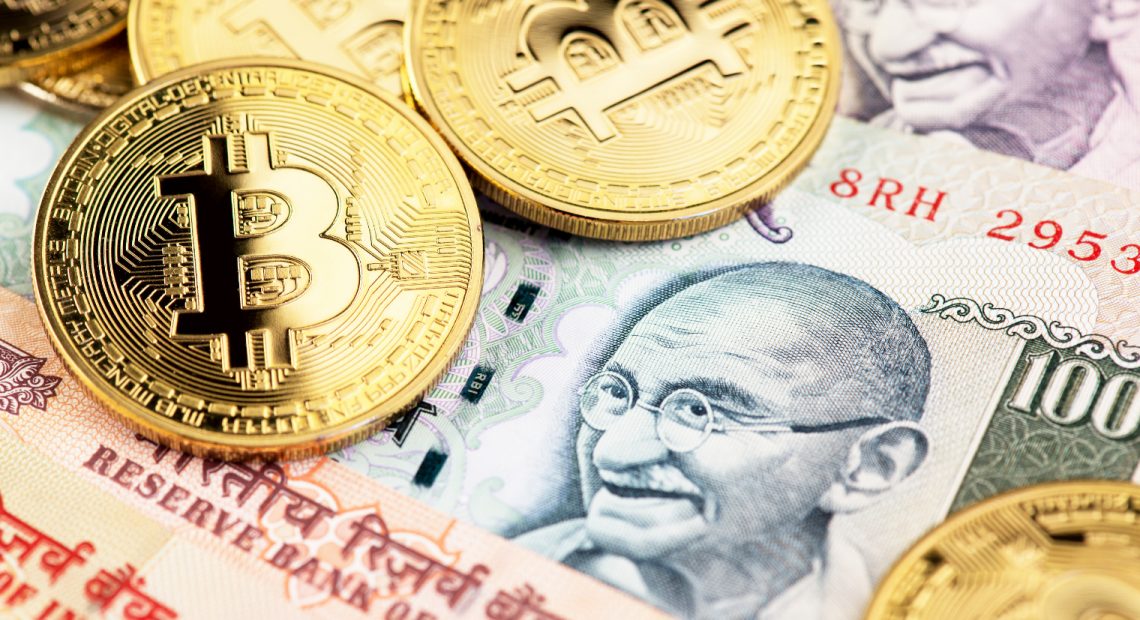Gold: Outlook for 2021 and the competition from crypto currencies


Article by
V.P. Nandakumar
MD & CEO of Manappuram Finance Ltd.
Gold was one of the best performing major assets of 2020, which will go down in history as the year of the great pandemic. Its rise was driven primarily by the flight to safety and diminished risk appetite in the face of the worldwide economic slump. Gold is, after all, known as a safe haven asset. Once the pandemic began to wreak havoc, its rise was only to be expected.
Gold has historically performed well amid equity market pullbacks as well as in periods of high inflation when currencies depreciate or lose value. In the years when global inflation was higher than 3%, gold’s price increased by 15% on average. Moreover, studies show that gold would do well in periods of deflation too. Such periods are typically characterized by low-interest rates and high financial stress, all of which tend to enhance the safe haven demand for gold. Further, gold has been more effective in preserving its value over the past decade when global money supply has surged. During this period, gold has delivered returns well in excess of US T-bills, thereby helping investors preserve capital.

For the current calendar year 2021, economic growth in the world is expected to recover from its dismal performance in 2020 though it may remain anaemic (relative to its potential) for some time to come.
With weak economic growth and the high price of gold, global consumer demand for gold is likely to remain subdued. At the same time, in keeping with its safe-haven status, gold did attract investment interest from central banks and the gold exchange traded funds (ETFs). Furthermore, the weakness in the US dollar and falling yields on bonds have also acted as a catalyst in maintaining a broad upward momentum for gold prices.
Gold and India
India is one of the gold capitals of the world, with a third of the world’s gold passing through its borders. In 2005, some 2,470 metric tons of gold were produced worldwide which increased steadily to an estimated 3,300 metric tons in 2019. China leads the world in the production of gold with about 420 metric tonnes produced in 2019, while Australia comes second with a production of 330 metric tonnes. India produces little gold of its own, yet it holds perhaps the largest stock of gold in the world. This stock of privately held gold (owned by households and religious bodies) is estimated at about 30,000 tonnes. It is more than the combined gold held by the central banks of the United States, the Eurozone, and China.

A good chunk of this gold would have been passed down for generations, but it is also supplemented by regular imports. India is a large consumer of gold, with official imports averaging 800 tons per year between 2012-2017, worth an estimated annual value of $30 billion. But then, contrary to the common belief that most gold imports are consumed by India’s large domestic market, our trade data shows that an average of 156 tons of gold jewellery—worth about $8 billion—exits India each year. Gold jewellery exports from India represent about one-fifth of the total amount of gold imported to India each year. In other words, for every 5 kg of gold that comes in, nearly 1 kg goes out as exported jewellery.
Outlook for 2021
One would expect that an improving world economy rebounding from the pandemic induced disruptions and expectations of a predictable international trade regime (compared to the Trump era of constant upheaval in trade relations) would tend to keep gold prices on the defensive. However, that would be a simplistic assessment.
In the medium to the longer-term, gold will draw support from the continuing accommodative monetary policy being followed by most central banks in their quest to support the economic recovery. The low interest rate regime that follows loose monetary policies (some developed economies are seeing negative interest rates) would incentivize investments into gold because the opportunity cost of holding gold comes down. Further, in the aftermath of the pandemic, governments across the world have stepped up their spending to record levels at the cost of ballooning fiscal deficits, giving rise to fears of a resurgence in inflation.

Forecasters believe that gold prices are headed higher for the next year with targets of $2,150 and $2,390 (per ounce) on concerns about slower-than-expected global economic recovery and the increased injection of money into the economy as part of stimulus measures. Credit Suisse expects gold to continue its upward trajectory and average $2,100/oz in 2021, peaking at $2,200/oz in the third quarter, but a tad low from their previous estimate of $2,500/oz. Goldman Sachs holds a $2,300-per-ounce price target for gold, implying prices higher by 20%+ from current levels.
Cryptocurrency, an emerging contender for safe haven status?
Investors are becoming uncomfortable with the surge in money printing by central banks and that has also led to the ongoing rush of investments into digital cryptocurrency. The balance sheet of the US Federal Reserve has jumped from $4 trillion to around $7 trillion in 2020, a 75% growth in a single year, thereby expanding the supply of dollars at an unprecedented pace. The debasement of the US dollar has been a major source of support to gold prices. However, the returns on gold during the year have been far outstripped by the multi-fold rise in digital cryptocurrencies. Bitcoin, the most famous of the cryptocurrencies, rose 700% in 2020 and, over the course of the last 5 years, it has given returns of 85 times!
As a result, investors are considering shifting a part of their portfolios from gold to bitcoins. Unlike fiat currencies like the dollar or the rupee, the supply of a cryptocurrency cannot be increased by any government or central bank, a fact that gives great comfort to its investors. JPMorgan claims that the red-hot cryptocurrency could rally as high as $146,000 as it competes with gold as an “alternative” currency. Bitcoin’s market cap currently stands at $600 billion. According to JPMorgan, it would have to climb by 4.6 times to match the $2.7 trillion of private sector gold investment.

While Bitcoin leads the Cryptos, it is followed by Ethereum with a market cap of $150 billion, and Steller, XRP, Tether, Chainlink with $25 billion market capitalization. All put together, the top 20 cryptocurrencies have a combined market cap of $900 billion. Today, the size of the crypto market has reached a third of the private sector gold investments (a third of this gold is held by Indian households) in just a decade. (Bitcoin, the first ever crypto currency, came into existence in late 2009.)
A pertinent question that comes to mind is, what would have been the price of gold today had Bitcoin (and other crypto currencies) not come into existence? It’s a question that has no hard and fast answers. However, one can be sure that had Bitcoin not emerged as an alternative, gold prices would have continued to march on to new record highs.
Pic Courtesy: google/ images are subjected to copyright








